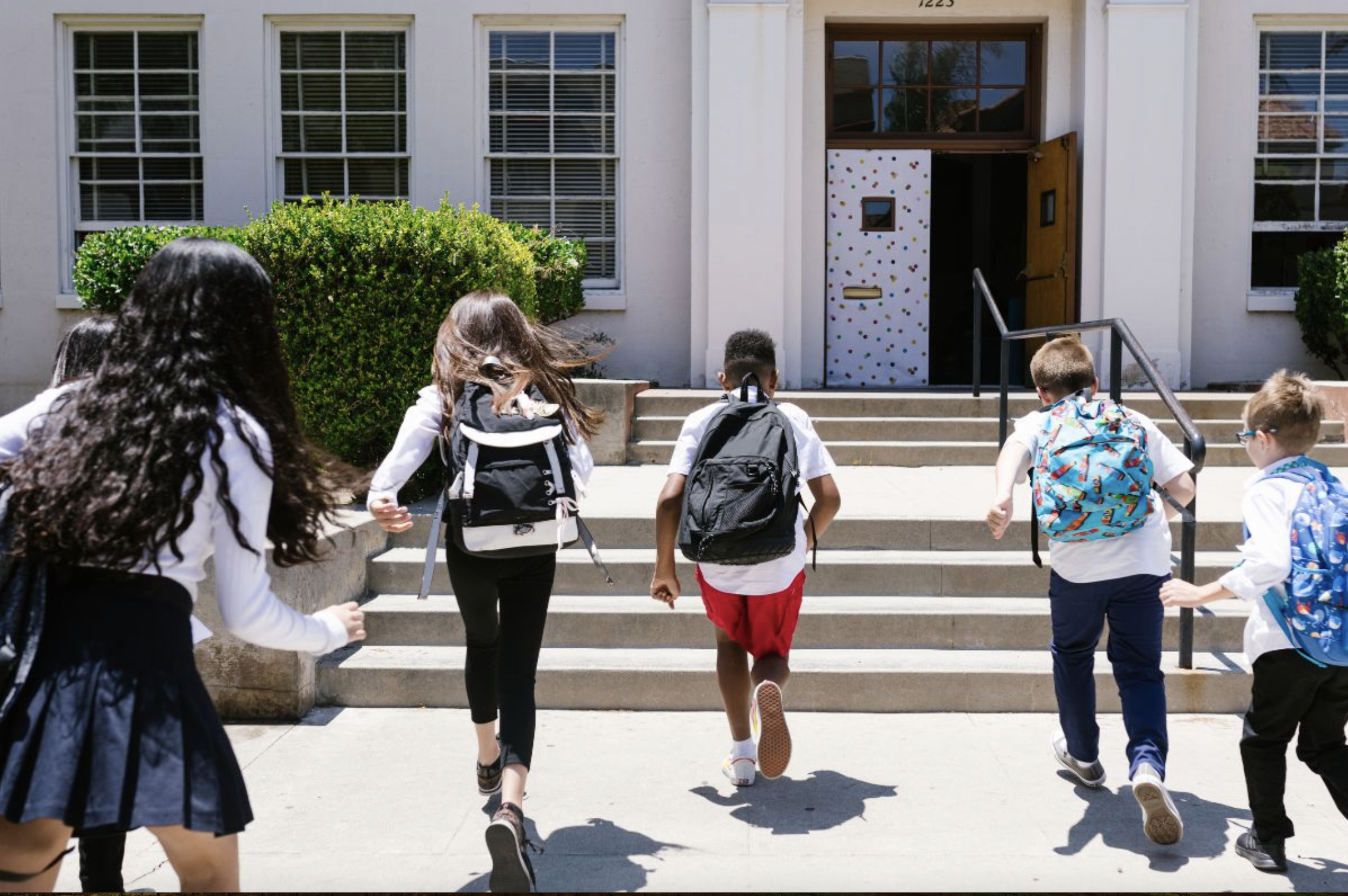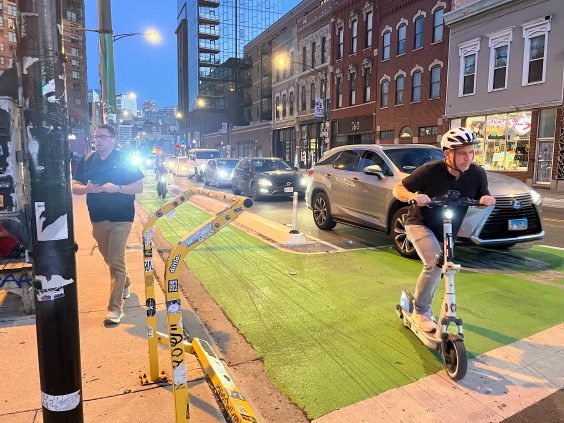
About a generation ago, many American school districts started shuttering and abandoning walkable neighborhood schools and building replacements in sprawling, undeveloped locations where the land was cheap.
But by opting for cheap land costs in the short term, they incurred much higher transportation costs in the long term. Now many school districts are struggling under the financial weight of busing students, notes Richard Layman at Network blog Rebuilding Place in the Urban Space. While the negative health effects of siting schools where kids can't walk or bike have long been apparent, Layman says it's past time to focus on the financial drawbacks as well:
According to various studies, it typically costs at least $500 per year to bus one student to and from school.
During the recession, more school districts began enforcing regulations concerning access to bus transportation--with some exceptions, most districts won't provide bus service for students living within one mile of a school--and increasing the distance from school before bus transportation would be provided.
Some school districts have imposed transportation fees, which some residents have opposed as illegal. There is a case pending before the Indiana Supreme Court ("Fair fees? Facing cuts, more schools charge for busing," USA Today) on this issue. Also see the Indianapolis Star piece, "Indiana Supreme Court to hear case on school bus fees."
Missed in the discussion is how school systems developed on the sprawl land use paradigm end up being financially crushed by the financial implication -- dependent on school buses, diesel gasoline, and drivers.
Buses need to be replaced at the end of their useful life, energy costs continually increase (with a current respite), and it becomes increasingly difficult for school systems to recruit and retain enough bus drivers, given the split shifts and difficulties inherent in the work.
Looking for a success story about a school district that didn't fall for the sprawl model? Lakewood, Ohio, maintained its neighborhood schools, so every child can walk and the district has never needed any school buses.
Elsewhere on the Network today: Bike Portland reports that a protester whose foot was run over by an aggressive driver has been ticketed by Portland police. Biking Toronto says it's already sneckdown season in Canada's largest city, showing off a great example of street space ripe for reclamation. And The Green Miles notes two recent crashes in southeastern New England where drivers injured pedestrians in the crosswalk and faced no consequences.





